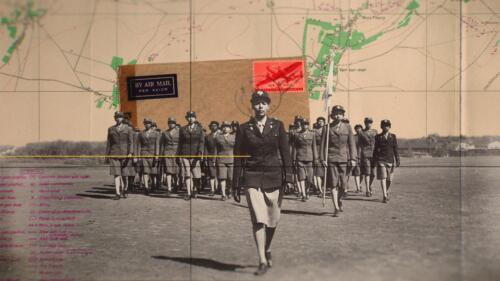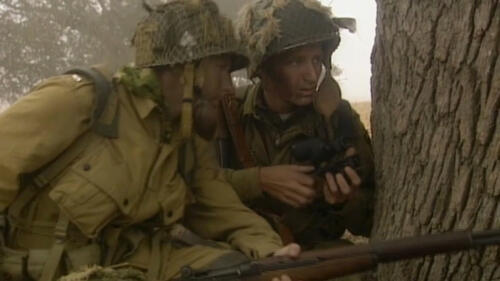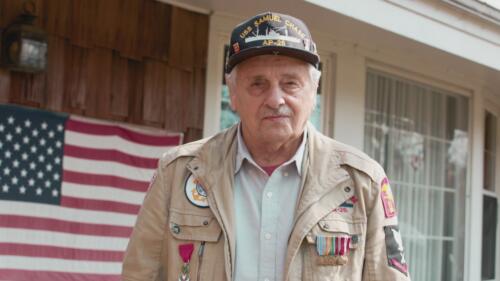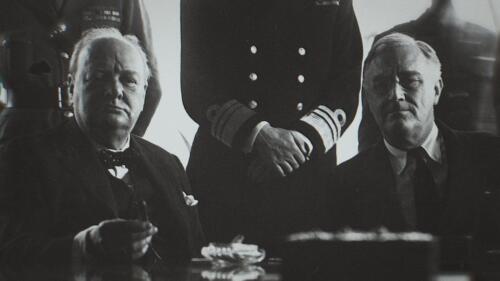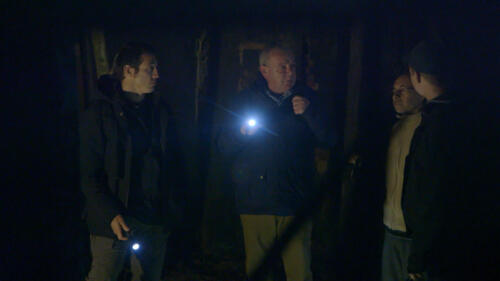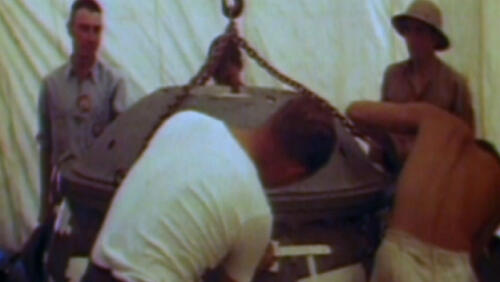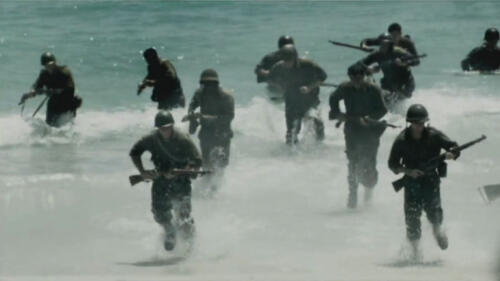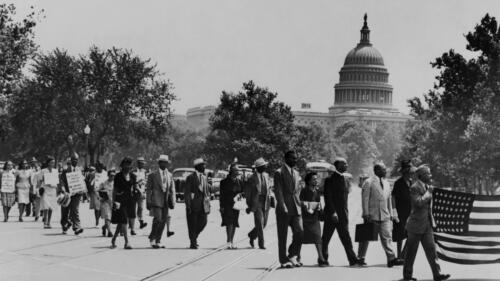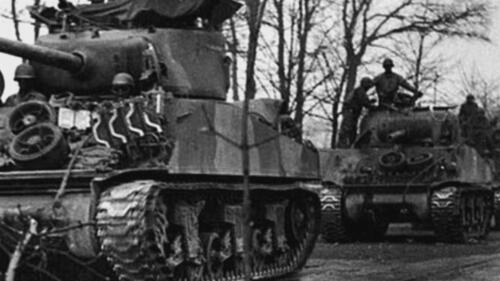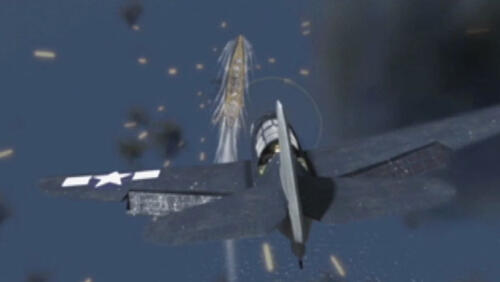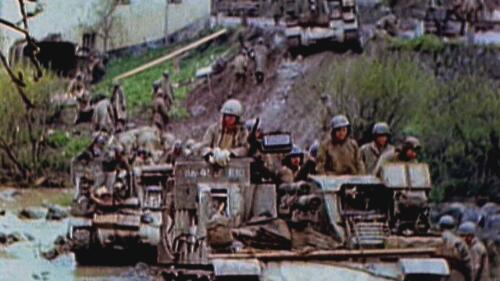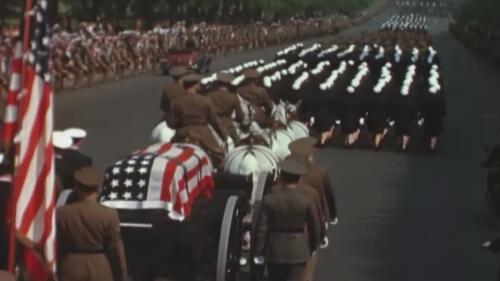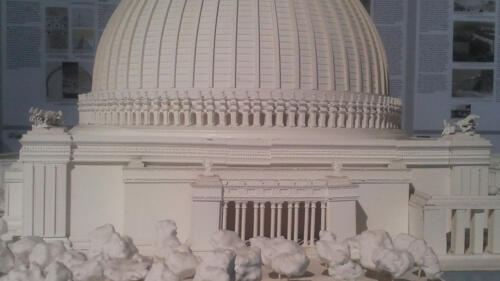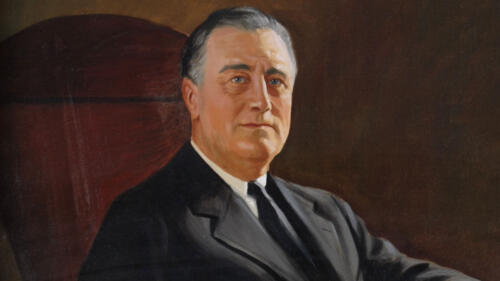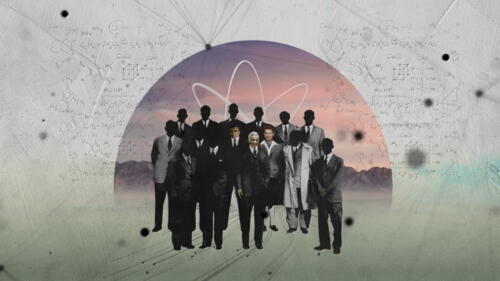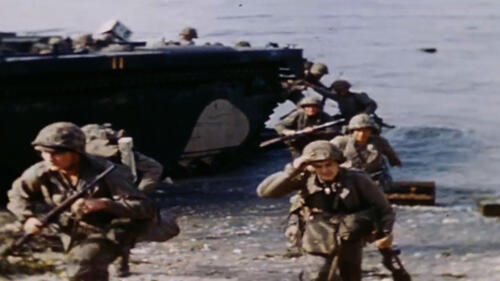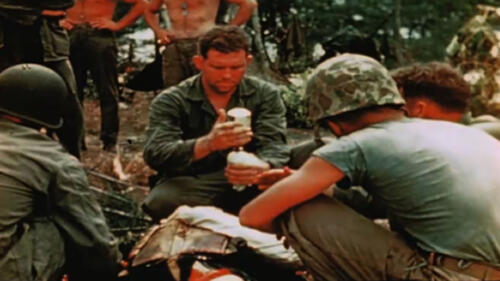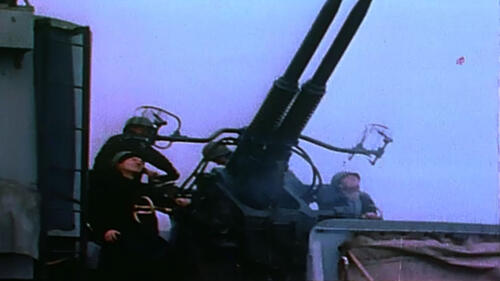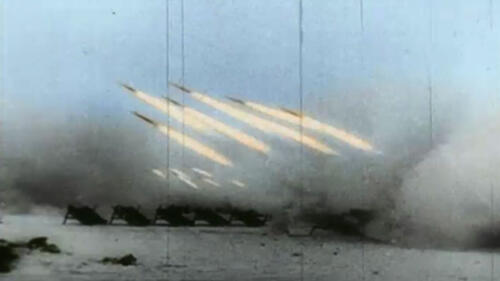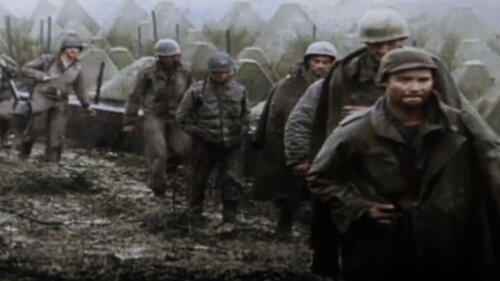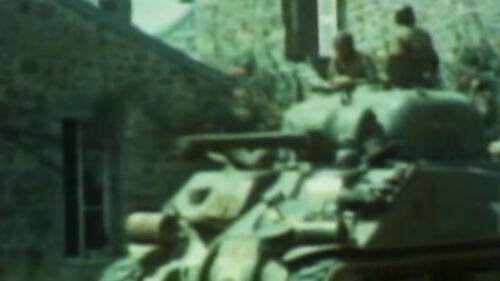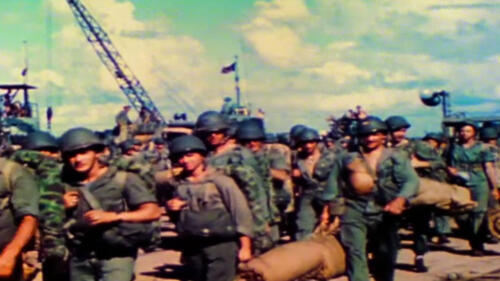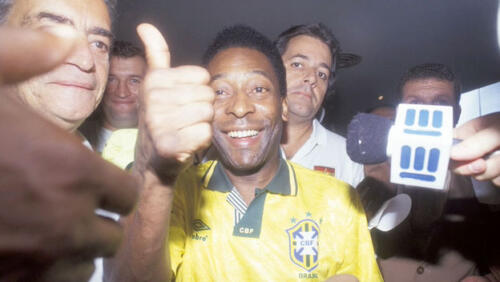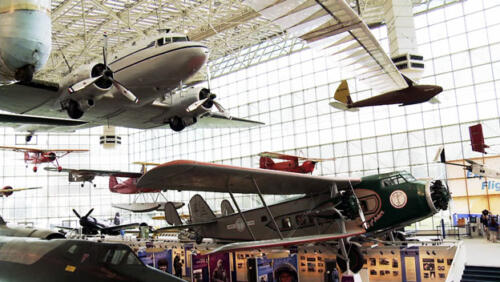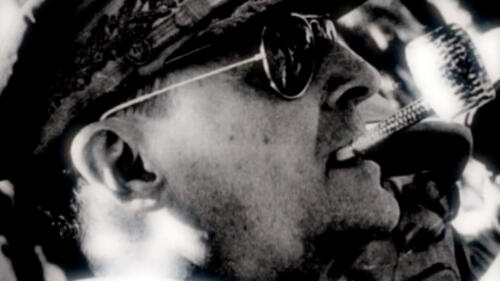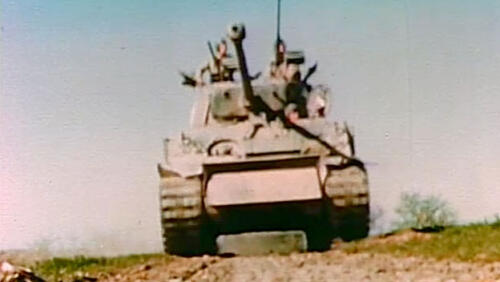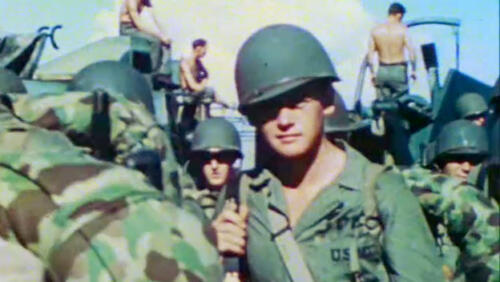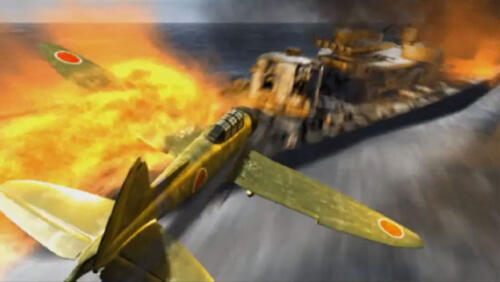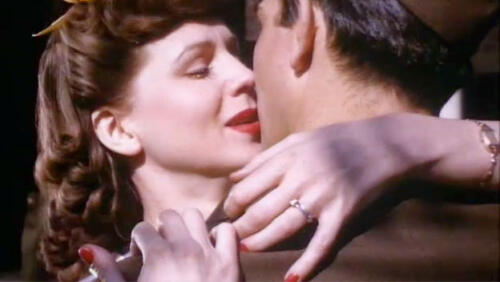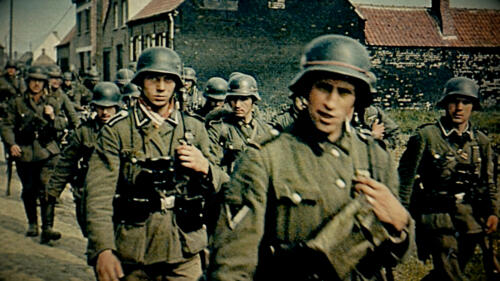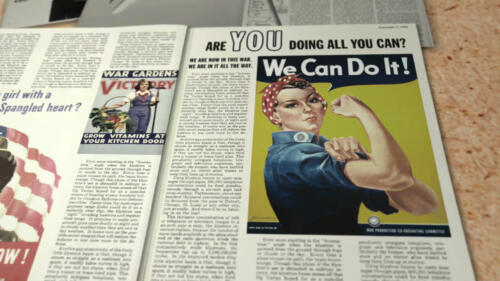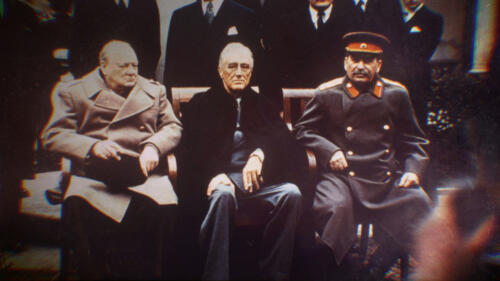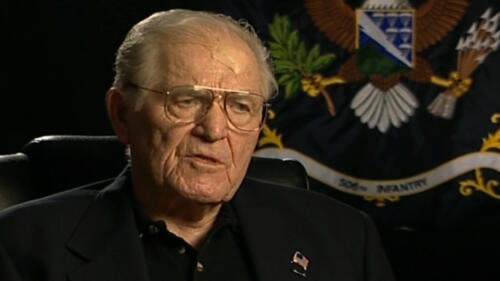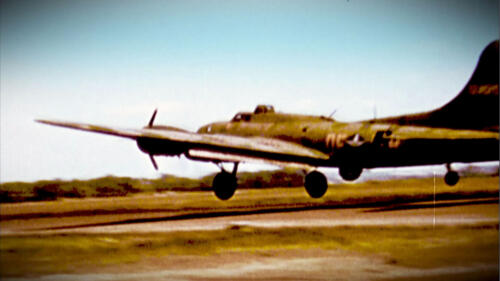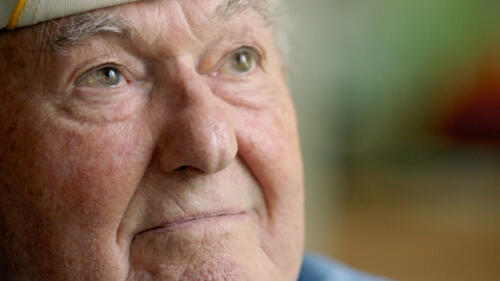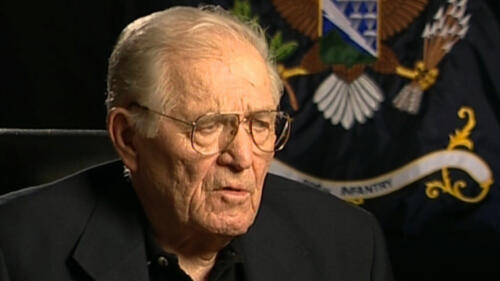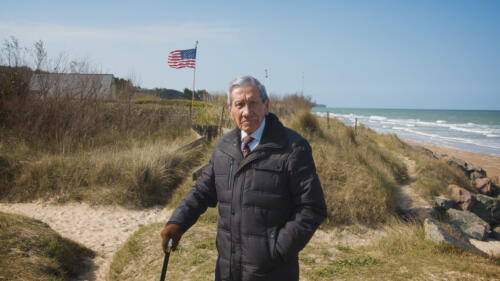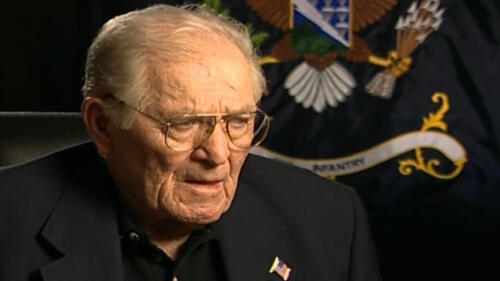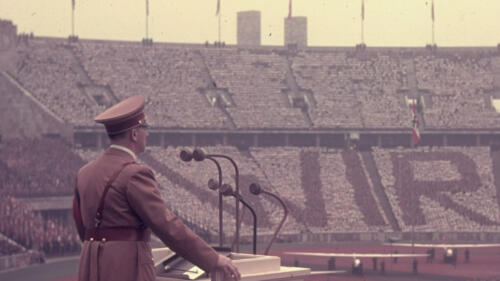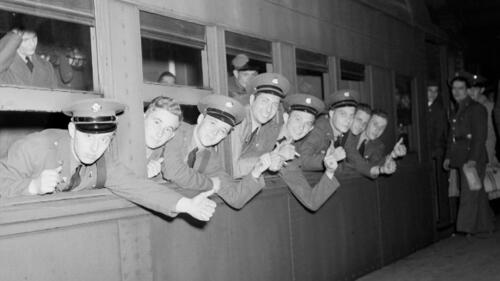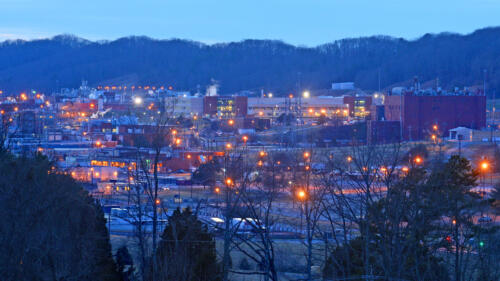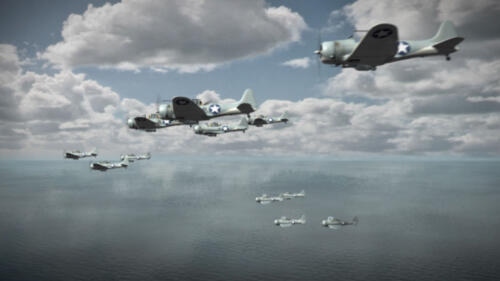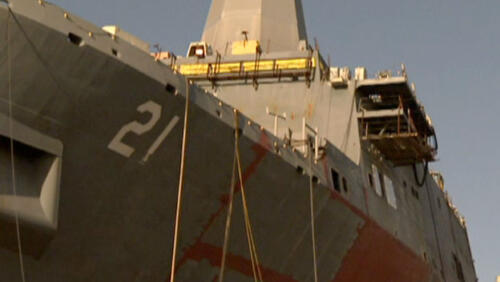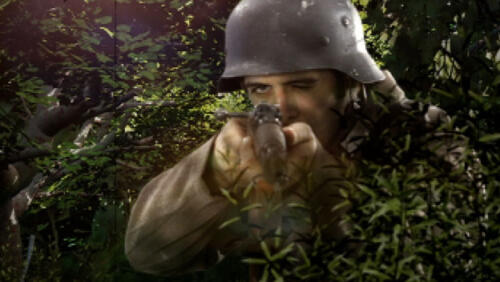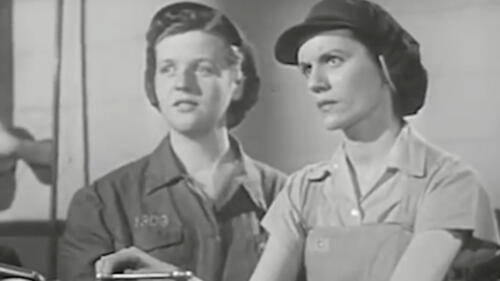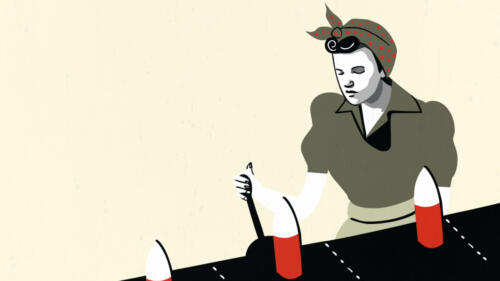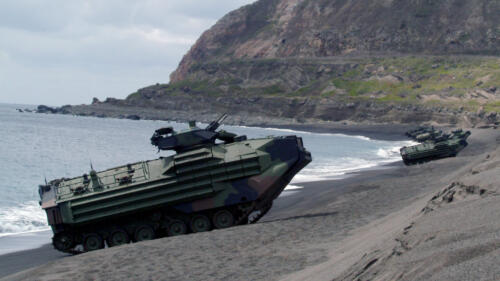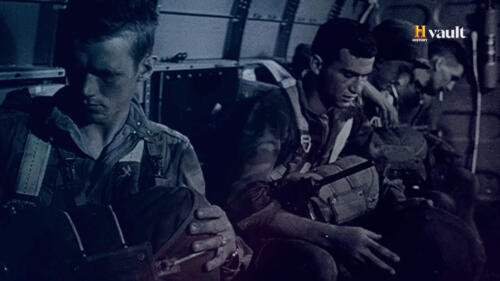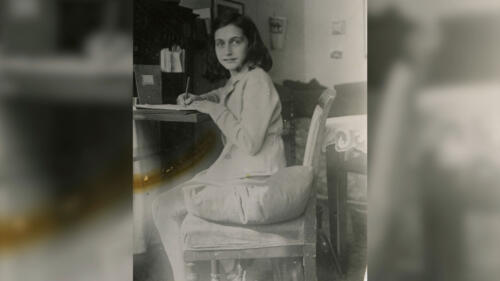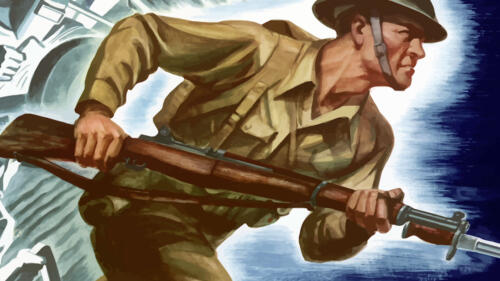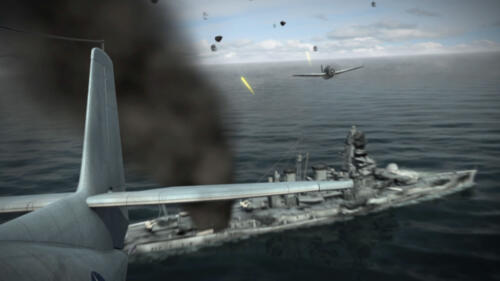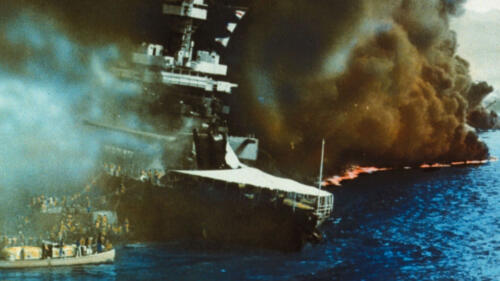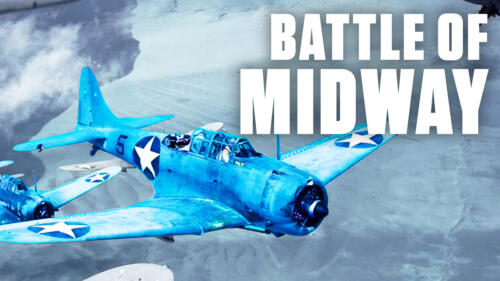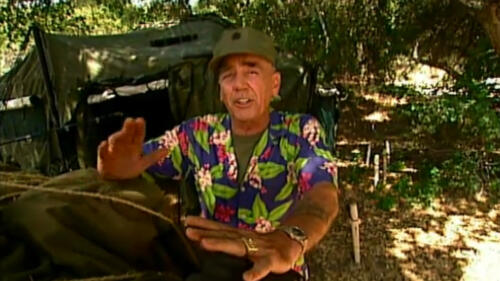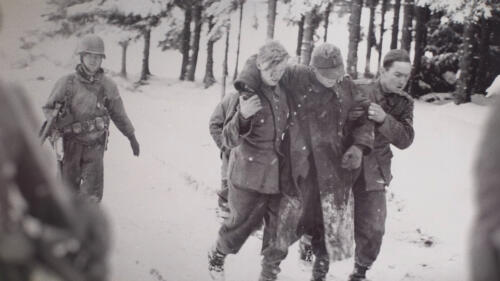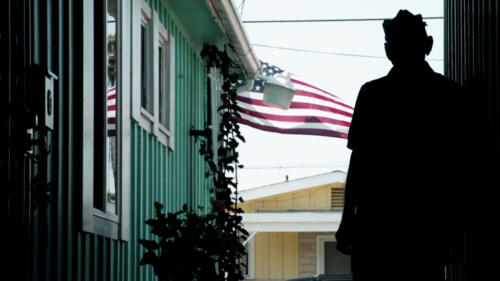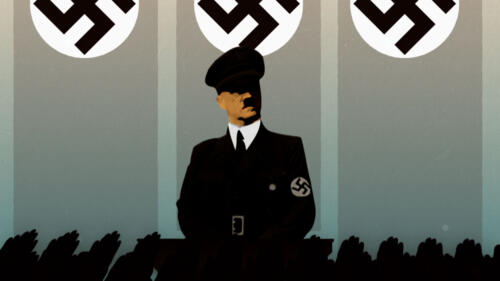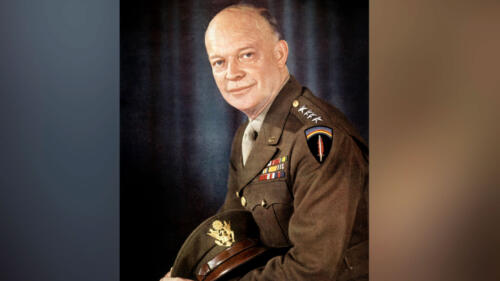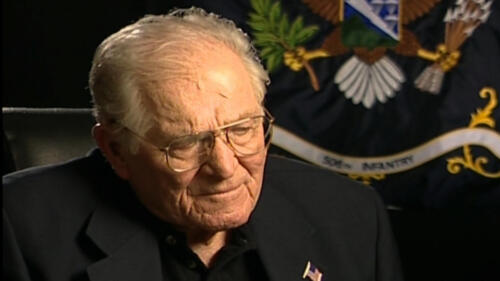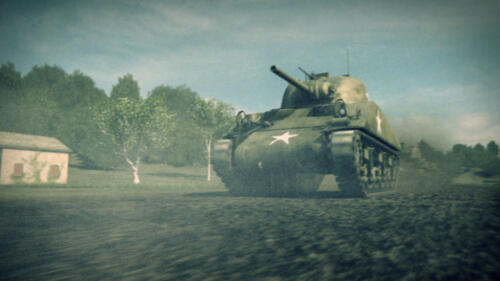More to History: How an Army of Black Women Delivered Mail in WWII
855 Black women of the 6888th Postal Battalion delivered mail in WWII, breaking racial and gender barriers in the military.
Pele Supports Earth Summit
As goodwill ambassador for the Earth Summit, Brazilian soccer star Edson Arantes do Nascimento, better known as Pele, discusses the importance of the upcoming summit to be held in Rio de Janeiro in June 1992 to discuss an international effort to preserve natural resources by rethinking methods of economic development.
"Private Snafu" Fights Fake News in 1944
Fake news isn’t new news. During WWII, military bases were breeding grounds for false reports and gossip. In this cartoon, part of a series created for the armed forces by Theodor Geisel (a.k.a. Dr. Seuss) and the folks behind Looney Tunes, “Private Snafu” learns the dangers of spreading rumors the hard way.
G.I. Bill
On June 22, 1944, President Franklin D. Roosevelt signed the Servicemen's Readjustment Act, better known as the G.I. Bill, in order to help soldiers secure stability as they returned to civilian life. A broadcast aired shortly after the bill was signed describes a nation preparing to welcome World War II veterans.
Battle of Midway Tactical Overview - World War II
Seven months after the attack on Pearl Harbor, American and Japanese forces clashed over Midway Atoll, a dot of land in the middle of the Pacific Ocean. The Battle of Midway tested intelligence and combat capabilities on both sides – while decidedly altering the outcome of World War II.
Gustav: World's Biggest Gun
In a Mail Call video, R. Lee Ermey answers a question from Tom of Kansas, who wants to know what the biggest gun in the world is. Ermey says to answer this question you first have to define what you mean by big; for we all know that guns like Big Bertha and Anzio Annie are big, but if you are talking total weight and size of the shell, then they are not the biggest. The Gustav gun created by the Germans, takes the cake on this one with an 80cm barrel. The Germans first used this gun in World War II; it was designed to pulverize French defensive bunkers in the early days of the war.
Flashback: Extreme Beauty Standards of the 1940s
After the end of World War II, society expected women to return to the subservient roles they held before the war. Proper dress and pristine hygiene became paramount concerns, and as this 1948 film demonstrates, the expectations were quite high.
Flashback: How Japanese Americans Were Forced Into Concentration Camps During WWII
The internment of Japanese Americans began after President Roosevelt signed Executive Order 9066 in February 1942. For the following three years, American men, women, and children were forced to live under prison-like conditions in remote concentration camps. This 1943 film explains the internment from the U.S. government's perspective.
Flashback: The Hidden Army of Women That Helped Defeat Hitler
This 1944 American propaganda film imagine’s Hitler’s surrender and explains the Füher’s greatest mistake – his underestimation of American women. This episode of Flashback shows how female wartime workers were an indispensable part of America’s victory, even before the war was officially won.
How Close was Hitler to the A-Bomb?
How close was Hitler to launching a nuclear attack against the Allies in World War II? After developing a V2 ballistic missile capable of reaching as far a New York, Hitler made nuclear development his highest priority. On December 3, 1942, the first atomic pile went critical, and maintained a self-contained nuclear chain reaction. This was key in the development of an atomic bomb; however, the Manhattan Project was far from reaching its goals. The Germans had no long range bomber so they moved ahead in ballistic missile development. In May 1943, the A4 missile was successfully demonstrated, making Hitler's highest priority nuclear development. Because nerve agents like tabun and sarin were unreliable, nuclear weapons were the best alternative. Paul Harteck created a low energy nuclear reactor, a major step in Hitler's plans. When the warhead landed, a cloud of dust would arise, spreading death over the area for weeks. If plutonium was put into the warhead, the land would be contaminated for years. However, Hitler's plans failed with the invasion of Normandy, making this the least known close call in modern history.
